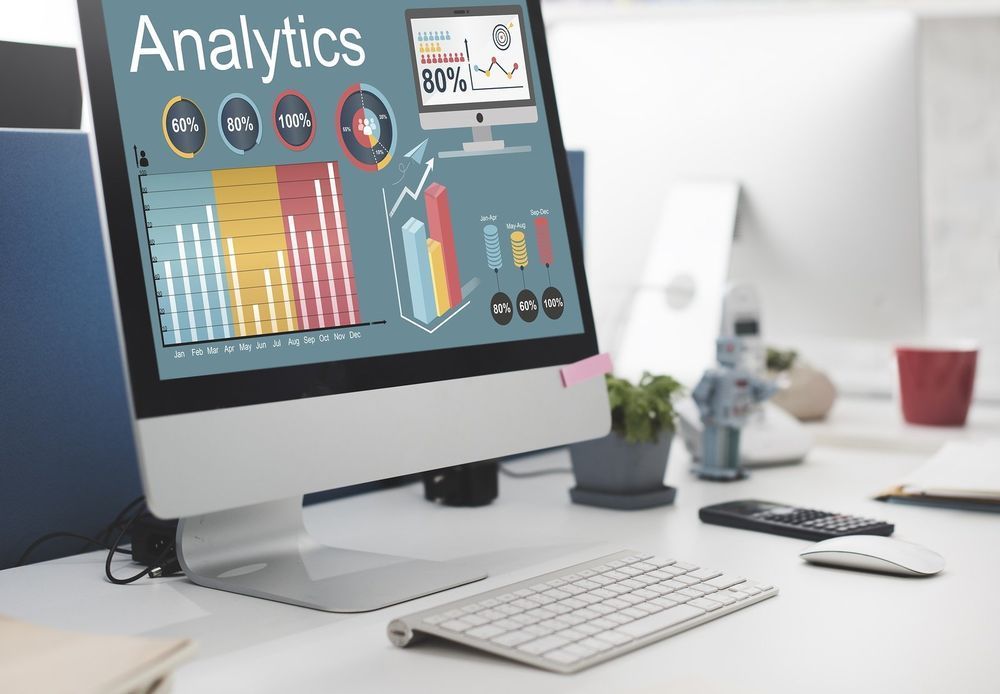
Marketing and communications teams have the ability to track an endless number of actions — from email opens, to link clicks and even time spent on specific pages. However, the volume of data relating to potential customers can often seem overwhelming.
The sheer quantity of available information might have marketers wondering exactly how data-driven marketing can be turned into customer action and increased conversions. Here are a few ways to get started.
Create Buyer Personas
One of the biggest opportunities created by data-driven marketing is the ability to take data and turn it into audience personas. Understanding your current customer base and using data points about them can help you predict your best future customer. Building a persona helps center your marketing around the customer and their expectations. From there you can target your media and your messaging and you're further along in developing a data informed marketing strategy.
Such campaigns are in a better position to reach the demographics that are most likely to respond to them. While this may sound like a relatively simple way to use data, research has shown it to be highly effective. Entrepreneur reported that using marketing personas has made websites two- to five-times more effective at converting customers. That could make a big difference to your bottom line.
Find Your Most Effective Message
Once you've established your personas and created ads tailored to specific demographics, you can further hone your strategy by using A/B testing to help identify the components of your advertising that are resonating with your ideal customers. For instance, if you find that college-educated customers between the ages of 25 and 36 aren't really responding to an ad about new features, you can test ads that promote limited-time deals or detail the new features in a different way. This approach can lead to greater conversion, as you'll see how the ads perform with your various target demographics.
Plan for the Future
Though it can be tempting to focus data-driven marketing on immediate results, marketers can benefit when they harness this strategy for the long-term. By using data from different periods of the year, they can plan future marketing efforts and save vital resources.
For example, you might find that your local business typically takes a hit during the holiday shopping season as social media gets crowded with Black Friday discussions and customers focus on deals from big box retailers. However, further data might show that sales bounce back the week before Christmas. You can ultimately use this information to ensure that next year's budget takes advantage of these trends and saves money for advertising at the most profitable time.
Data-driven marketing is a vast world, and with so many numbers and statistics to analyze, it's often easy to feel daunted. A trained marketing professional can help you find ways to inspire both short- and long-term action to increase conversions and keep your business growing.







